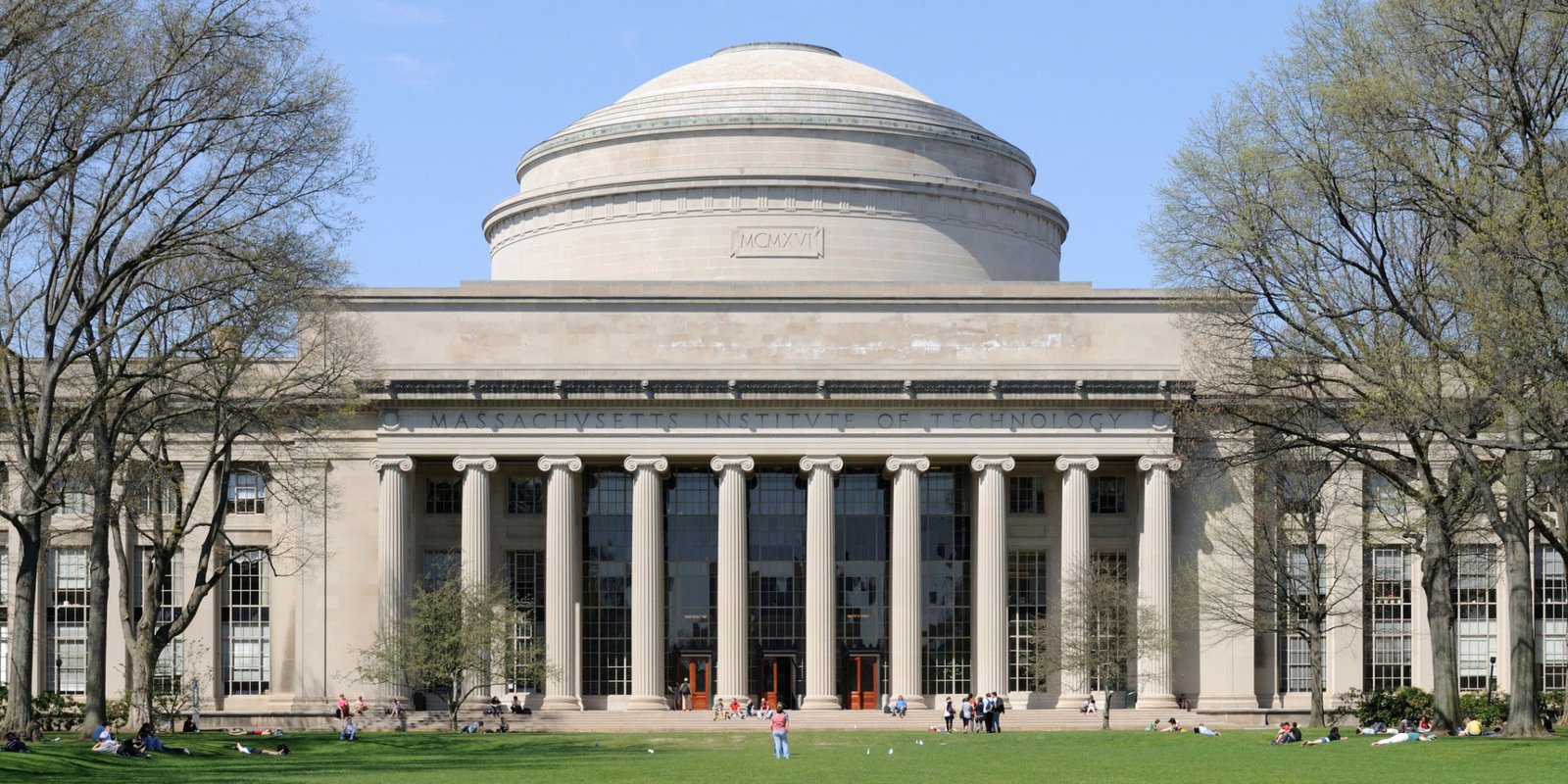Massachusetts Institute of Technology (MIT)
Summary
The Massachusetts Institute of Technology (MIT), established in 1861, is situated in Cambridge, Massachusetts, just outside Boston. The university enrolls approximately 11,000 students, with about 60% pursuing graduate studies. MIT is organized into five schools:
- Architecture and Planning
- Engineering
- Humanities, Arts, and Social Sciences
- Management
- Science
English is the primary language of instruction, and the academic year follows a 4-1-4 calendar, featuring a unique four-week Independent Activities Period in January. During this time, undergraduates, graduate students, faculty, staff, and alumni engage in forums, lectures, recitals, and other special events.
While only first-year undergraduates must live on campus, many upper-level students also choose to stay in university housing. Both undergraduate and graduate students have ample research opportunities across MIT’s numerous labs and centers, including the MIT Nuclear Reactor Laboratory—one of the largest university research reactors in the U.S. Nearly 90% of undergraduates take part in the Undergraduate Research Opportunities Program (UROP), collaborating with faculty on research projects before graduation.
In a recent year, MIT invested over $675 million in research, with additional federal funding supporting the Lincoln Laboratory—a Department of Defense lab dedicated to developing technology-driven solutions for national security challenges.
University Data
- Total students: 11,085
- International students: 3,649
- Academic staff: 1,383
- International staff: 545
- Undergraduate degrees awarded: 1,027
- Master’s degrees awarded: 1,803
- Doctoral degrees awarded: 568
- Research-only staff: 4,760
- New undergraduate students: 1,089
- New master’s students: 1,570
- New doctoral students: 575
Rankings
The Massachusetts Institute of Technology (MIT) ranks #2 in Best Global Universities, assessed by widely recognized indicators of academic excellence.
Global Universities Rankings
- #2 – Best Global Universities
Subject Rankings
- #31 – Artificial Intelligence
- #13 – Arts and Humanities
- #2 – Biology and Biochemistry
- #2 – Biotechnology and Applied Microbiology
- #107 – Cardiac and Cardiovascular Systems
- #2 – Cell Biology
- #49 – Chemical Engineering
- #10 – Chemistry
- #76 – Civil Engineering
- #27 – Clinical Medicine
- #5 – Computer Science
- #29 – Condensed Matter Physics
- #2 – Economics and Business
- #71 – Electrical and Electronic Engineering
- #81 – Endocrinology and Metabolism
- #10 – Energy and Fuels
- #11 – Engineering (tie)
- #169 – Environmental Engineering (tie)
- #32 – Environment/Ecology
- #25 – Geosciences (tie)
- #124 – Green and Sustainable Science and Technology (tie)
- #2 – Immunology
- #82 – Infectious Diseases (tie)
- #8 – Materials Science
- #3 – Mathematics
- #57 – Mechanical Engineering
- #34 – Meteorology and Atmospheric Sciences
- #3 – Microbiology
- #2 – Molecular Biology and Genetics
- #39 – Nanoscience and Nanotechnology
- #3 – Neuroscience and Behavior
- #13 – Oncology
- #7 – Optics
- #16 – Pharmacology and Toxicology
- #37 – Physical Chemistry
- #1 – Physics
- #99 – Polymer Science
- #11 – Psychiatry/Psychology
- #115 – Public, Environmental and Occupational Health (tie)
- #52 – Radiology, Nuclear Medicine and Medical Imaging (tie)
- #15 – Social Sciences and Public Health (tie)
- #5 – Space Science
- #76 – Water Resources (tie)
2024-2025 Indicator Rankings
MIT’s #2 global ranking is based on 13 performance indicators. Here’s how it scored in each category:
- Global Score: 96.9
- Global Research Reputation: #2
- Regional Research Reputation: #4
- Publications: #53
- Books: #38
- Conferences: #6
- Normalized Citation Impact: #15
- Total Citations: #19
- Top 10% Most Cited Publications: #16
- Percentage of Top 10% Most Cited Publications: #4
- International Collaboration (Relative to Country): #84
- International Collaboration (Overall): #562
- Top 1% Most Cited Papers: #9
- Percentage of Top 1% Most Cited Papers: #1

